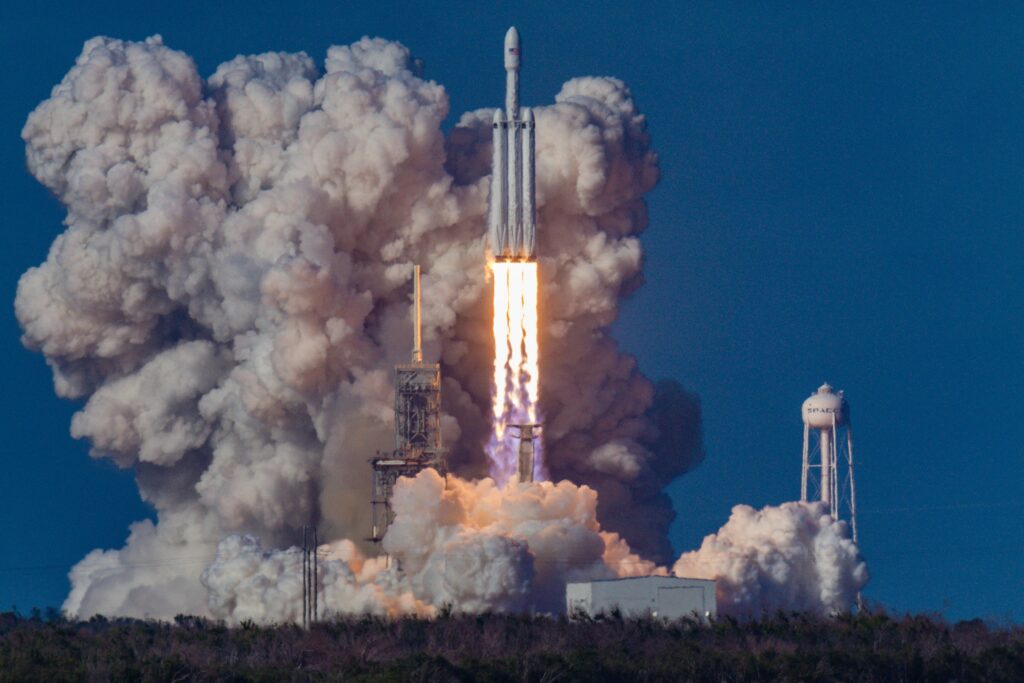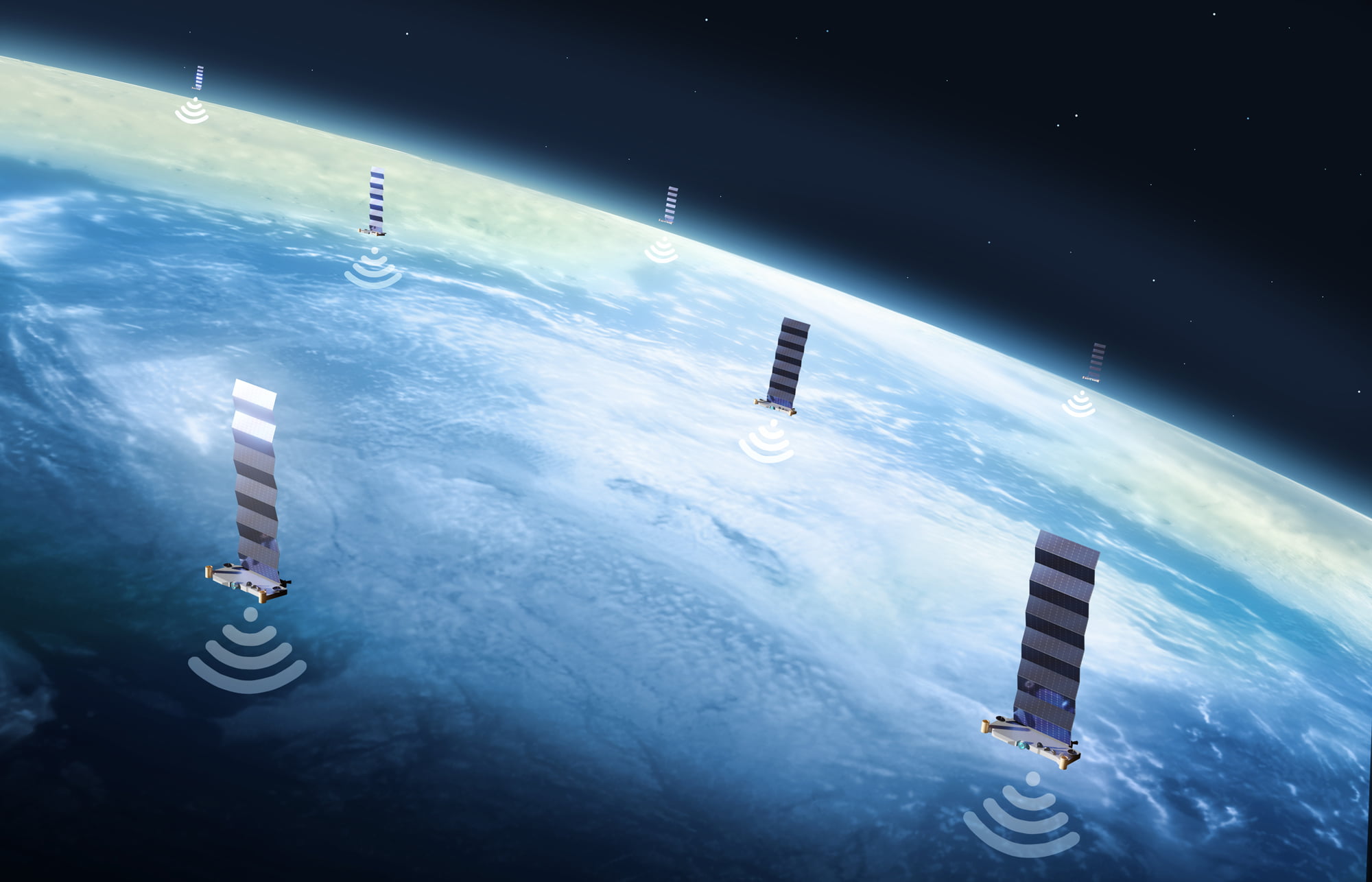In 2020, SpaceX submitted their initial request to the Federal Communications Commission seeking approval to launch 29,988 second-generation Starlink satellites. Now, the FCC has partially complied with its request. The corporation is now authorised to develop, launch, and manage up to 7,500 satellites for its Gen2 constellation at altitudes of 525 km, 530 km, and 535 km, according to the commission. According to the FCC’s decision, by allowing 7,500 satellites for the constellation, SpaceX will be able to offer broadband internet to consumers all around the world, including those who reside in remote places.

However, the FCC has temporarily restricted the number of satellites SpaceX can launch in order to address worries about orbital debris and space safety. According to the statement, the modest contribution would aid in preserving a secure space environment and shield other satellite and ground-based operators from unwanted influence. Given that the FCC had already given SpaceX authorization to launch 12,000 first-generation Starlink satellites, a number of businesses and even NASA had previously expressed worry about the company’s plan to deploy a further 30,000 satellites.
The potential effects of an extended constellation on NASA’s science and manned spaceflight missions were discussed in the agency’s letter to the commission. It warned that a large number of Starlink satellites could increase the chance of collision and result in fewer launch windows. However, the FCC is simply postponing “activity on the remaining portions of SpaceX’s application” for the time being, so it might still sanction more deployments. The second-generation Starlink satellites will be significantly larger than their predecessors and require launch on the company’s Starship launch vehicle, according to SpaceX CEO Elon Musk. Their enormous antennas, which will be able to communicate with phones on Earth like mobile towers in the sky, are one of the reasons they are bigger. In fact, the second-generation Starlink satellites will be necessary for the partnership that T-Mobile and SpaceX announced in August. With their collaboration, the companies hope to put an end to mobile dead zones and offer connectivity anywhere there is a clear view of the sky, even in the middle of the ocean.



